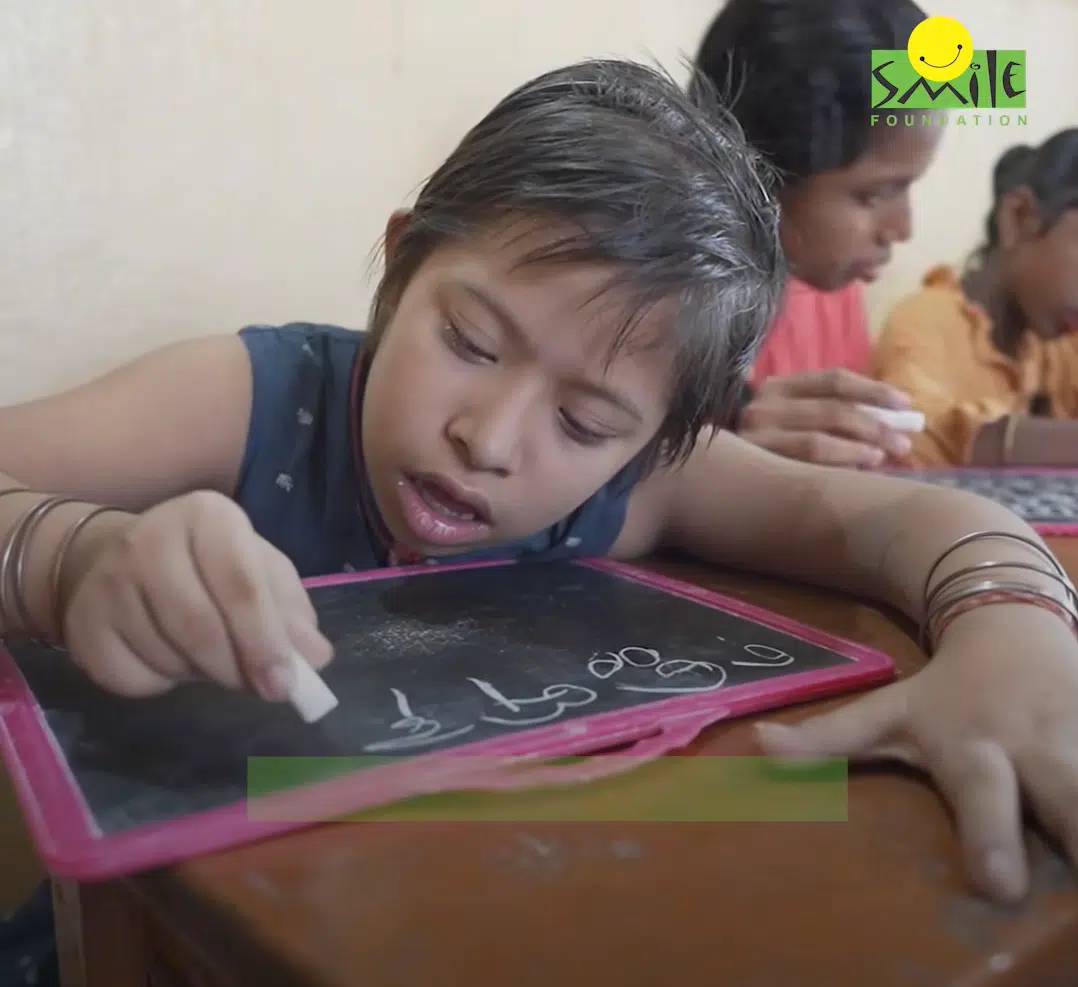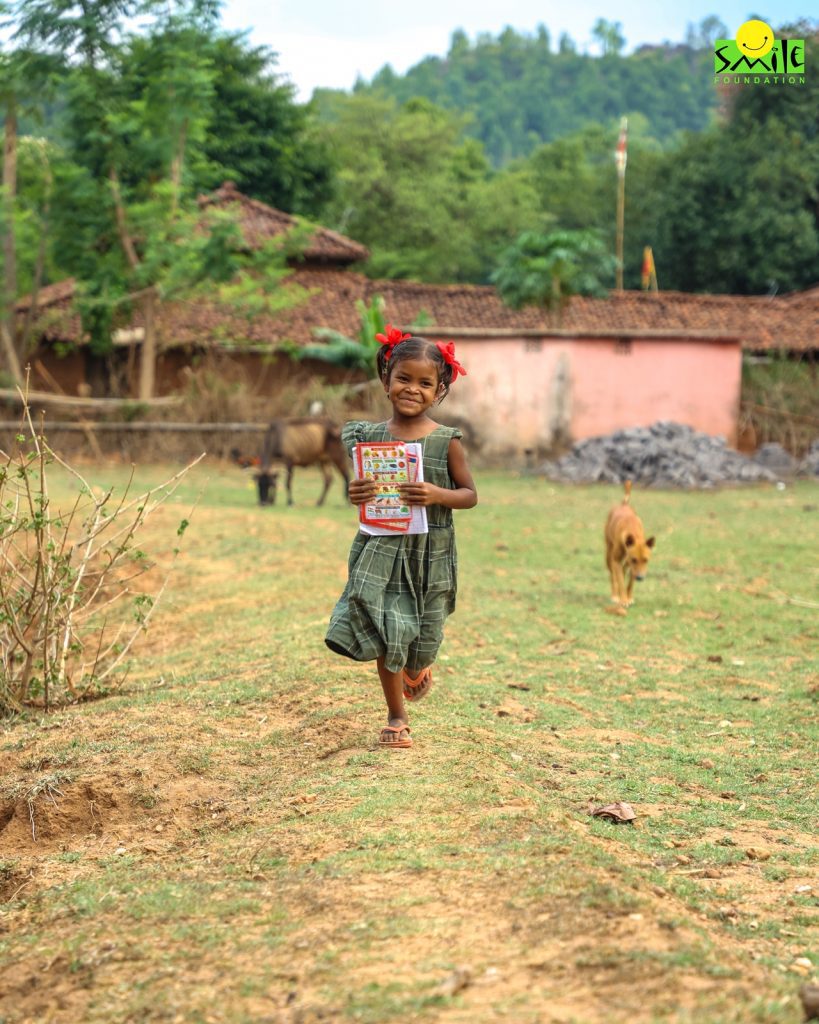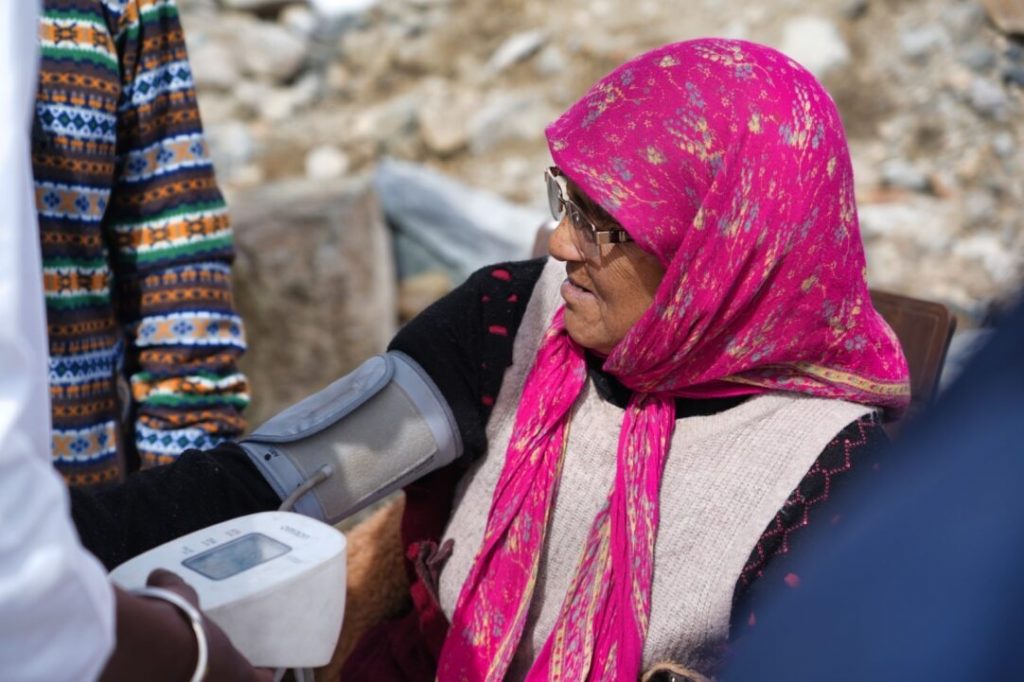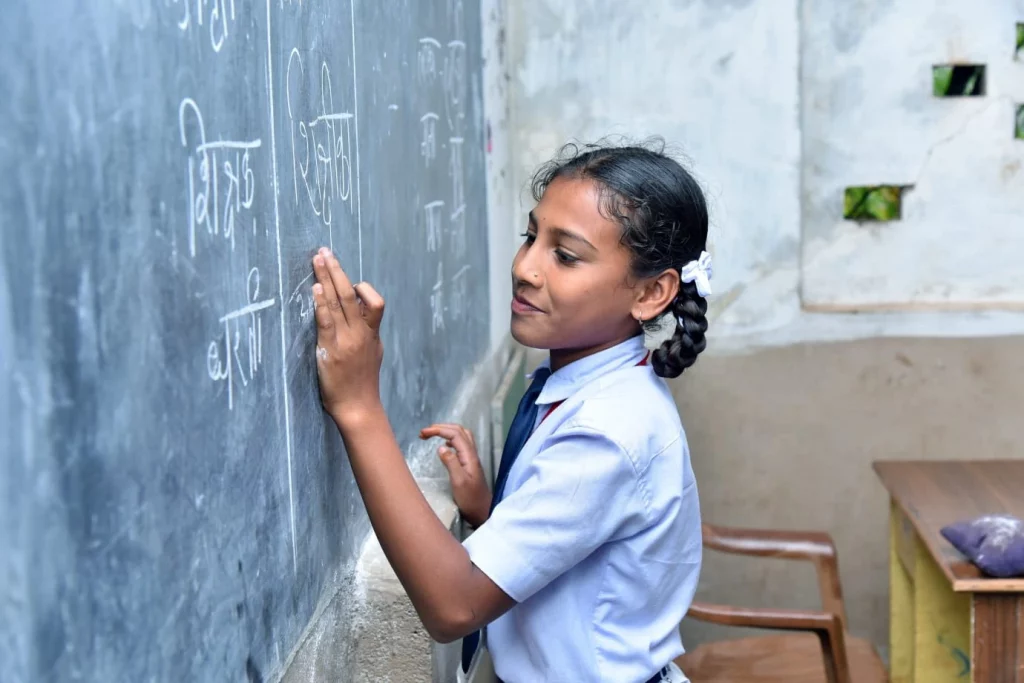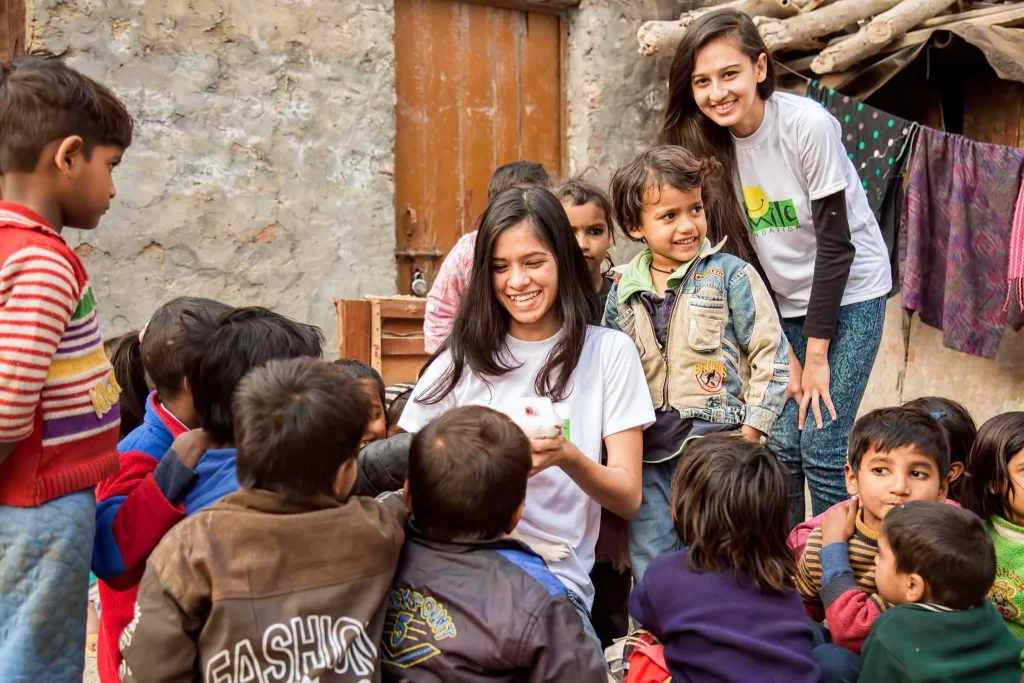One in every 10 children worldwide is differently abled. Globally, 15 percent of people, including at least 240 million children, are differently abled. Yet, their representation on the global platform or nation/region-specific is highly uneven, which stems from a lack of understanding of their needs.
Children with special needs have long-term physical, mental, intellectual, or sensory impairment in engaging with their surroundings, and this essentially hinders their participation in society on an equal basis with others. However, children and adolescents with special needs represent a diverse community with a range of life experiences. The extent to which they are accepted and included in society and lead fulfilling lives largely depends on how our institutions and communities understand and accommodate their needs.
No matter their story, every child has every right to thrive and be accepted.
Inclusivity: Understanding the needs
Children with special needs are often made to feel outside the crowd. To make them feel inclusive, one must have a nuanced understanding of their unique needs and the specific challenges they face on a day-to-day basis. These children are often born with or develop physical, emotional, intellectual, and learning challenges. This requires building and constantly working towards an inclusive environment that helps them with tailored support.
By highlighting the special needs of differently abled children, we emphasize the importance of specialized care, education, and therapeutic interventions.
Children with physical limitations require the continuous support of mobility aids and devices like wheelchairs, walkers, communication technology, sensory aids, and so on to live more safely and independently. Besides this, they require specialized physical therapy for increased motor skills. Institutions must have the necessary resources to support the needs of the differently-abled children with physical deformities to support them in their pursuit. To allow differently-abled children to utilize mobility equipment or walk about securely, clear up places and minimize bumps and surface level variations. To make it easy and comfortable for them to sit, provide a range of seating alternatives, such as a floor, chair, side table, blanket, and cushion.
For children with visual limitations, arrange furniture or place a rope along the wall to help your child walk around safely, and provide objects with various textures, shapes, sizes, and weights, like jute, wool, or cotton, for sensory exploration. Keep toys and learning materials within easy reach, remove unnecessary items from the play area, and minimize noise during play or learning time. For children with low vision, use large pictures or contrasting colours to distinguish areas like doors from walls, and reduce glare by using curtains, blinds, or cloth to cover windows.
Similarly, for children who need hearing aids, create an environment where you communicate using sign language, gestures, and visual cues. Face the child so they can see you. Minimize background noise and distractions, like TVs or phones, to help them focus. Point to objects or pictures during conversations or reading, and label items around the house to support their learning.
For children with intellectual and emotional limitations, an inclusive educational and learning environment is the key. Individualized educational strategies are necessary with special education programs catering to their cognitive abilities.
Inclusive education should be the focus
Children with special needs gain a great deal from inclusive education as it allows them to study within a nurturing setting. In addition to meeting students’ academic needs, inclusive classrooms promote acceptance and social skill development. To customize educational experiences to each child’s specific requirements, Individualised Education Programs (IEPs) are crucial tools.
Discrimination and stigma are the main causes of the ongoing obstacles that children with disabilities experience throughout their educational journey. They are therefore frequently enrolled in segregated schools and are among the most likely to be absent from school. Many people lose out on chances to acquire and hone skills necessary for work, self-sufficiency, and active engagement in their communities.
Hence, children with special needs often work hard to accommodate themselves to an inaccessible world that excludes them. But they are not problems that need to be fixed or changed. Children with special needs are a part of the diversity of human experience: Everybody has functional restrictions at some point in their lives, and special needs are a part of the diversity of human experience. The degree to which we are willing to face obstacles to change will determine how happy children with impairments can live.
Helping children with special needs feel secured
Show understanding and patience
Allow extra time and patience for them to do their tasks, recognizing their struggles without frustration. Pay attention and try to understand what they’re communicating.
Treat special needs as a natural part of life
Approach their needs with acceptance, helping them feel secure and valued without making it the focus.
Encourage inclusive friendships
Support children with special needs to forge friendships with every kind of peer group to foster confidence and reduce insecurity.
Promote decision-making and independence
Let them make choices and take on responsibilities while teaching the difference between right and wrong.
Avoid forcing tasks
Never push them beyond their physical, mental, and emotional abilities. Respect their preferences and understand their reasons for hesitation.
Provide consistent support
Celebrate their talents, encourage their efforts, and stand by them in all situations to boost their confidence and happiness.
Smile’s Mission Education
Nurturing a child with special needs could be challenging but a true democratic spirit always lies in making every right accessible to all children. Under the Mission Education program, Smile Foundation has joined hands with different organizations to build an integrated approach to development and education for a vast number of differently-abled children in India. With its Mission education program, we continue to ensure that every child thrives despite their physical, intellectual, and emotional limitations.

